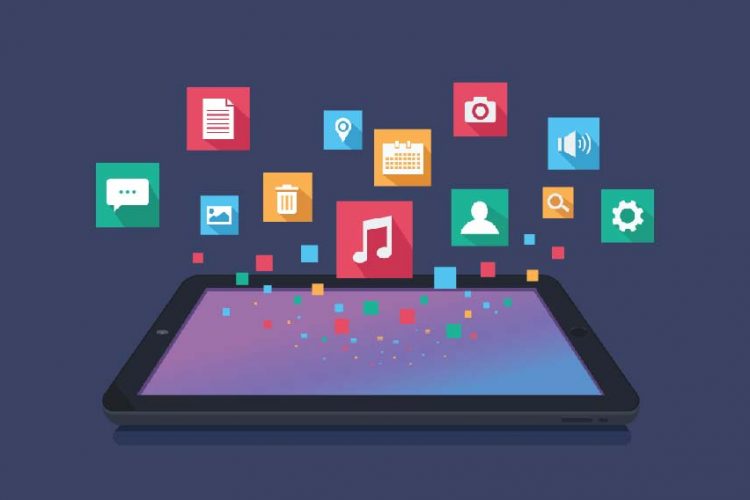For the last decade or so, internet business consultants have accelerated by showing off their designers skills and doing things that have been totally unique and somewhat crazy. We’ve shown off our animation skills, our flash capabilities, and our abilities to think outside of the box. Everything we did was somewhat artificial and cartoony instead of natural and realistic.
That’s all changed.
The trend now is something more classic and simplistic. While there are still flourishes of web design elements and creativity, flat design has become what most companies ask for from designers.
What exactly is flat design?
A digital agency will tell you that flat design is a more minimalist approach that focuses on the user experience. There are many clean lines and crisp edges to these designs, with bright colors and a lot of open space.
One of the most popular examples of a flat design is the iOS interface. It is simple and clean, with icon-like images instead of photographs or full-scale animations.
Instead of adding ornamental elements, you try to take them away. Anything that doesn’t serve as functional needs to be eliminated because it distracts from the user experience. This is incredibly popular on mobile websites, but is becoming just as popular amongst desktop websites as well.
What is the goal of flat design?
The hope is that flat design will allow people to grasp concepts easier than they would with something more dynamic. People don’t tend to spend a lot of time looking at website and reading everything, so you have to get your point across quickly and easily.
The other goal is to go back to the basics of design and use them as a tool, not a hindrance. You should design a website that is first judged by how it works and delivers its message and then what it looks like. Of course there are ways to do this stylistically – you don’t want flat design to look cheap or homemade.
How to achieve flat design
Focus on simplicity and the rest will come when you start designing in flat design.
Start with color: solid, vivid, and recognizable colors will be the best place to start. Go with ROYGBIV colors that don’t require creative names like “Blood Orange” or “Periwinkle.” The only reason you should use those is if it is part of the logo and you want to draw that color throughout.
Text is simple: Choose a nice, clean sans-serif font and keep your paragraphs short. The cleaner and crisper you can be, the better.
Links are clear: Anything that someone needs to click to launch should be obvious as soon as the page loads.
Remember KISS: Keep it Simple Stupid. That is a theme you will find in almost all crash courses of design. Simplicity isn’t just the latest trend, it is something that has worked for decades and will continue to work into the future. It doesn’t matter what you are designing for, flat design will be a choice that works in almost all cases.

